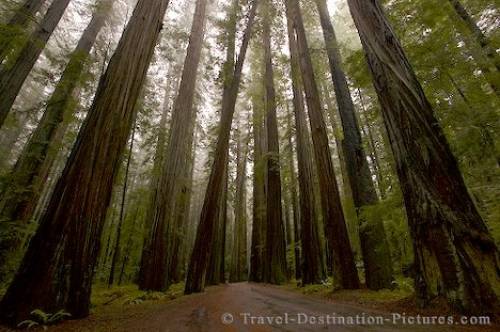skip to main
|
skip to sidebar
Learn how to create a successful and long-lasting container garden with these expert tips. Choosing the Best Soil To create a successful container garden, the most important ingredient is good potting soil. Choose a mixture that provides a good combination of excellent drainage and aeration.
"Look for 'professional' on the label," suggests Dr. Susan Hamilton, who oversees the University of Tennessee Gardens. "That word puts the potting soil in a whole different category. You'll be paying a little bit more, but it will be high quality." Many growers like to mix their own and prefer particular blends. "Every greenhouse manager has his or her favorite potting soil recipe, and each thinks theirs is the one to use," she says.Here, says Hamilton, there are 3 great recipes: Mix #1
2 parts peat(any type of peat): 1 part perlite: 1 part builder's sand Mix #2
2 parts peat: 1 part builder's sand Mix #3
1 part peat: 1 part builder's sand: 1 part pine-bark mulch/ any other kind of mulchPeat Moss
Perlite
Pine-Bark Mulch
Builder's Sand
Is it really worth it to mix your own if you're a typical backyard gardener? "No," Hamilton says. "When you look at price and volume versus what you really need, you usually have a lot of material left over. Besides, bagged soils are pretty cost-effective because all the guesswork has been taken out of it. Professional blends have already been charged with starter nutrients and pH adjusted." Selecting Plants Select plants that are compatible in terms of light, water, growth and the conditions in the chosen site. Don't mix a shade- and water-lover like impatiens with a dry-and-sunny plant like thyme. Some plants like mint are such aggressive growers they need a pot of their own. Watering Your Container Garden Pay close attention to watering. For containers in sunny, hot or windy areas, watering twice a day may be necessary. A plant that has outgrown its pot will also need more frequent watering. Consider using a water-absorbing polymer; it will improve the moisture retention of the potting soil. Follow the directions on the package. Dressing Your Plants Top-dress your plants with mulch and a slow-release fertilizer. You'll be reducing the evaporation rate and eliminating regular feedings.Below are some pictures of the container garden ideas:
Article from hgtv.com under title of (Home > Outdoors > Gardening > How to Plant a Container Garden)
Here are some interesting and funny facts that I found about different plants. If you want a little light reading, continue on... :)- An African bugleweed synthesises in its tissues a substance similar to the hormone that controls the development of caterpillars. If a caterpillar is persuaded, experimentally, to ingest that substance, then when it turns into a butterfly it will develop two heads and die. -David Attenborough, The Private Life of Plants, p70
Blue Bugleweed
- 84% of a raw apple and 96% of a raw cucumber is water.
- A notch in a tree will remain the same distance from the ground as the tree grows.
- A pineapple is a berry.
- Arrowroot, an antidote for poisoned arrows, is used as a thickener in cooking (so if you ever get shot with a poison arrow, do not go to a doctor, look in your kitchen cabinet.
Arrowroot
- Avocados have the highest calories of any fruit at 167 calories per hundred grams.
- Both George Washington and Thomas Jefferson grew cannabis sativa (marijuana) on their plantations.
- In the Netherlands, in 1634, a collector paid 1,000 pounds of cheese, four oxen, eight pigs, 12 sheep, a bed, and a suit of clothes for a single bulb of the Viceroy tulip.
- No species of wild plant produces a flower or blossom that is absolutely black, and so far, none has been developed artificially.
- Nutmeg is extremely poisonous if injected intravenously.
Nutmeg
- Peanuts are beans.
- Quinine, one of the most important drugs known to man, is obtained from the dried bark of an evergreen tree native to South America.
- The California redwood - coast redwood and giant sequoia - are the tallest and largest living organism in the world.
Redwoods State Park
- The largest single flower is the Rafflesia or "corpse flower". They are generally 3 feet in diameter with the record being 42 inches.
- The oldest living thing in existence is not a giant redwood, but a bristlecone pine in the White Mountains of California, dated to be aged 4,600 years old.
Bristlecone Pine Tree
- The rose family of plants, in addition to flowers, gives us apples, pears, plums, cherries, almonds, peaches and apricots.
- Asparagus is a member of the lily family, which also includes onions, leeks, and garlic.
- The bright orange color of carrots tell you they are an excellent source of Vitamin A which is important for good eyesight, especially at night. Vitamin A helps your body fight infection, and keeps your skin and hair healthy.
- Onions contain a mild antibiotic that fights infections, soothes burns, tames bee stings and relieves the itch of athletes foot.
- One bushel of corn will sweeten more than 400 cans of pop.
One Bushel of Corn


































